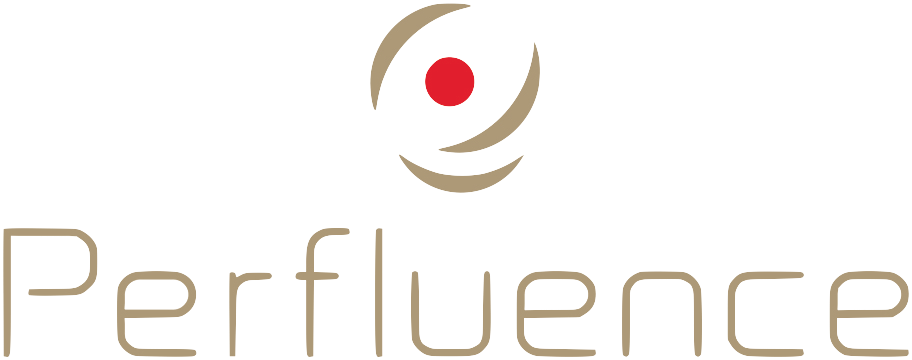Maximizing Your Business Growth: The ROI of a Key Account Management (KAM) Program
In today's dynamic and competitive business environment, understanding and optimizing the Return on Investment (ROI) of a Key Account Management (KAM) program is vital for businesses aiming to sustain and grow their customer base. This comprehensive guide delves into the various aspects of KAM program ROI, elucidating how it significantly impacts business growth, customer retention, and overall profitability.
What is Key Account Management (KAM)?
Key Account Management refers to the process of building and maintaining strong relationships with a company's most valuable customers. Read our article here to know more about it.
Understanding KAM ROI
The ROI of a Key Account Management program is a crucial metric, assessing the efficiency and profitability of your investment in these top-tier client relationships. Calculating this ROI involves evaluating both the tangible and intangible benefits your business gains from the program.
How to Calculate KAM ROI
To calculate the ROI of a KAM program, you typically use the formula:
ROI = (Gains from KAM - Cost of KAM) / Cost of KAM
This formula helps businesses understand the net value derived from investing in key account management relative to the cost of implementing and maintaining such a program.
Factors Influencing KAM ROI
Several factors can significantly influence the ROI of a KAM program:
Enhanced Customer Retention: Key accounts often have higher retention rates due to the tailored service and attention they receive.
Upselling and Cross-Selling Opportunities: Effective KAM programs can identify and leverage opportunities to sell more products or services to these key customers.
Customer Satisfaction and Loyalty: Satisfied key accounts are more likely to be loyal and can act as brand advocates.
Cost Efficiency: Over time, streamlined account management processes can reduce operational costs.
Strategic Business Insights: KAM provides crucial insights that inform strategic decision-making and business direction.
Benefits of a KAM Program
Building Strong Customer Relationships
A focused KAM program allows businesses to cultivate deeper and more personal relationships with their key clients, resulting in increased trust, loyalty, and long-term commitment.
Improved Customer Retention Rates
High customer retention is a hallmark of successful KAM programs. Retaining existing key customers is often more cost-effective than acquiring new ones, emphasizing the importance of nurturing these relationships.
Increasing Revenue Opportunities
KAM strategies open doors for increased sales through upselling and cross-selling. By understanding the needs and business models of key accounts, companies can present targeted offers that are more likely to be accepted, thus increasing the revenue from each key account.
Gaining a Competitive Edge
In markets where competition is fierce, a robust KAM program can be a significant differentiator. It positions the company as a committed and reliable partner, rather than just a vendor.
The Challenges in Measuring KAM ROI
Long-term Investment Perspective: KAM is about long-term relationship building, and the financial benefits are often realized over an extended period. This makes the immediate calculation of ROI a complex endeavor.
Quantifying Intangible Benefits: Elements such as customer satisfaction, loyalty, and brand reputation, while crucial, can be challenging to quantify in monetary terms.
Data Collection and Analysis: Accurate and comprehensive data collection and analysis are critical for effective ROI measurement. This requires advanced tools and expertise.
Case Studies and Real-World Examples
Several businesses across industries have reported significant benefits from implementing KAM programs. For instance, a technology firm reported a 20% increase in sales from key accounts after implementing a dedicated KAM strategy. Another example is a manufacturing company that saw a 30% increase in customer retention rates post the adoption of a structured KAM program.
Best Practices for Maximizing KAM ROI
Tailored Approach for Each Key Account: Each key account is unique and requires a customized approach. Understanding their specific needs, challenges, and business goals is vital.
Invest in Skilled KAM Professionals: Having a team of skilled and experienced Key Account Managers is crucial. They should possess not just sales expertise but also relationship management, strategic thinking, and problem-solving skills.
Leverage Technology: Utilize CRM and data analytics tools to gain insights into customer behavior, preferences, and potential growth areas.
Regular Review and Adaptation: The business environment is continuously evolving. Regularly review and adapt your KAM strategies to stay aligned with changing market dynamics and customer needs.
Strengthen Communication Channels: Effective communication is the backbone of successful KAM. Regular interactions, updates, and feedback loops help in building a strong rapport with key clients.
Focus on Long-term Value Creation: Move beyond short-term sales targets and focus on creating long-term value

